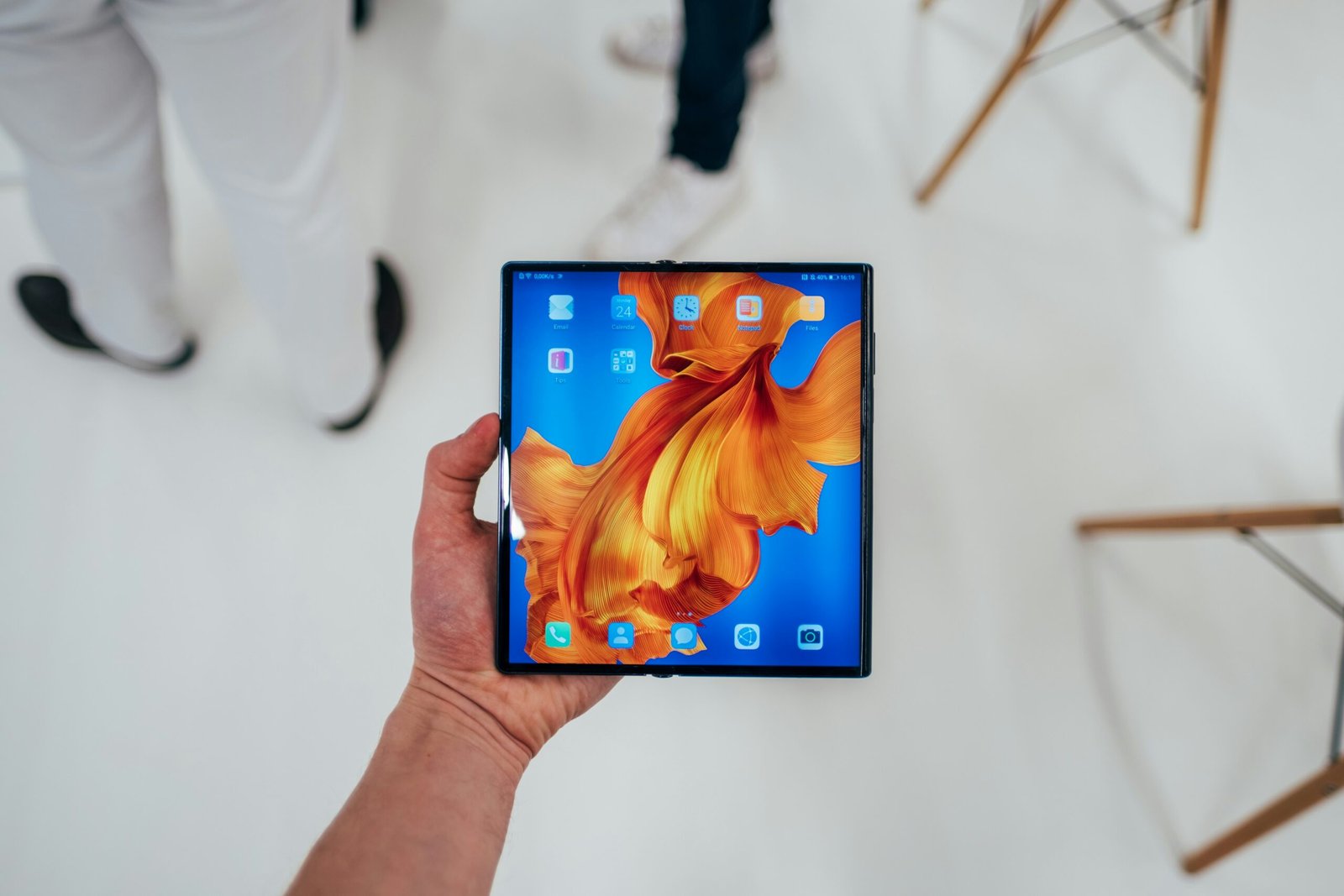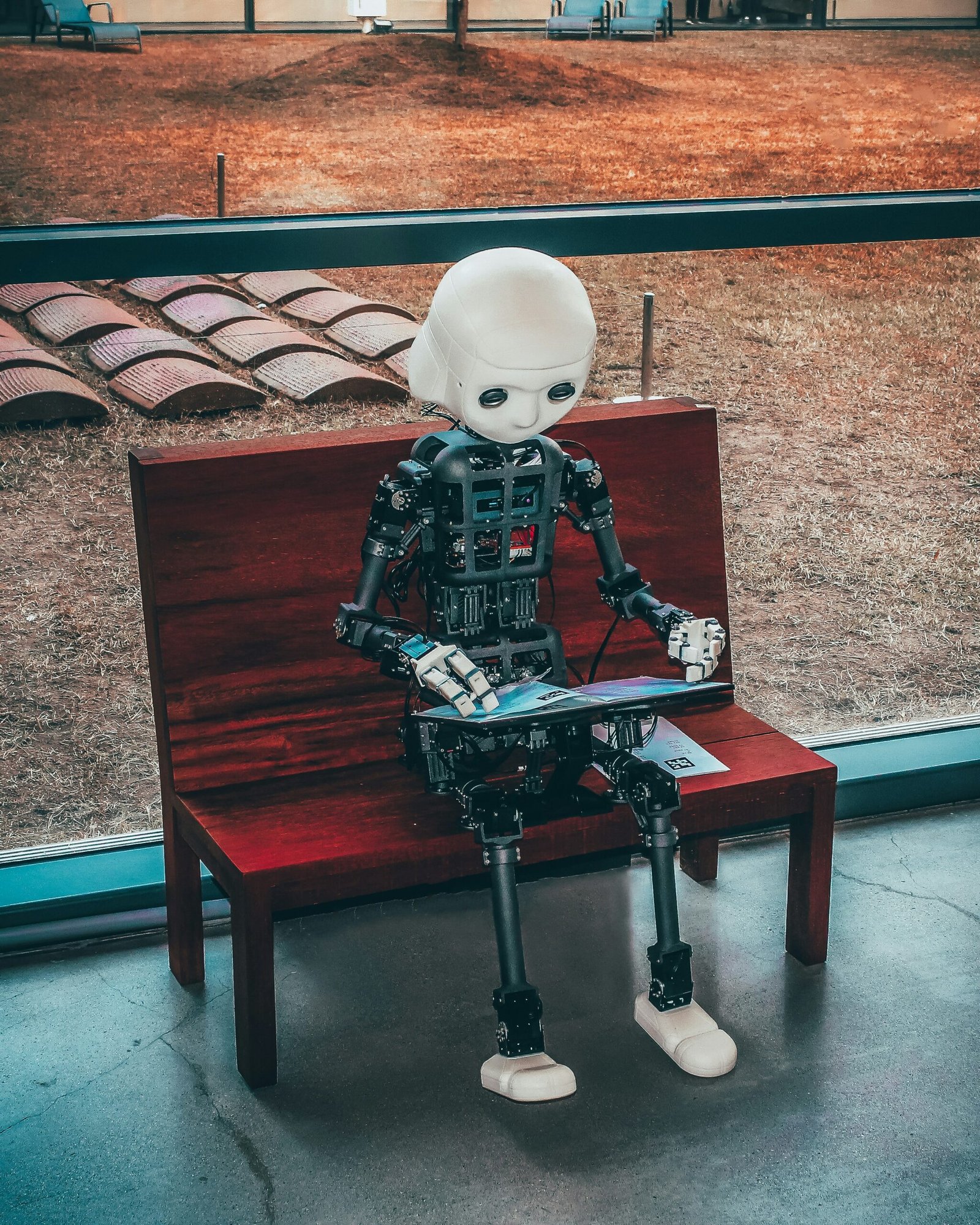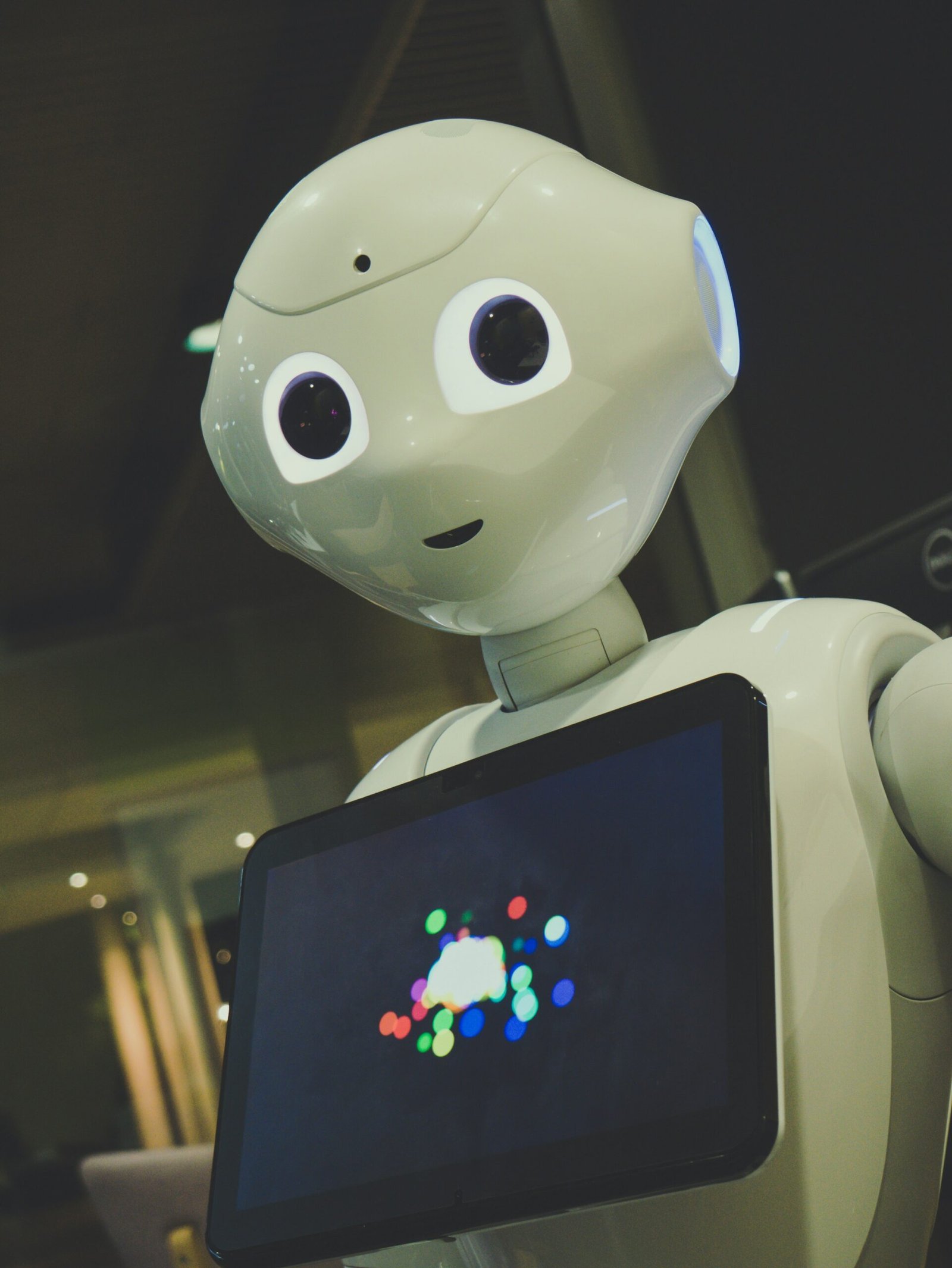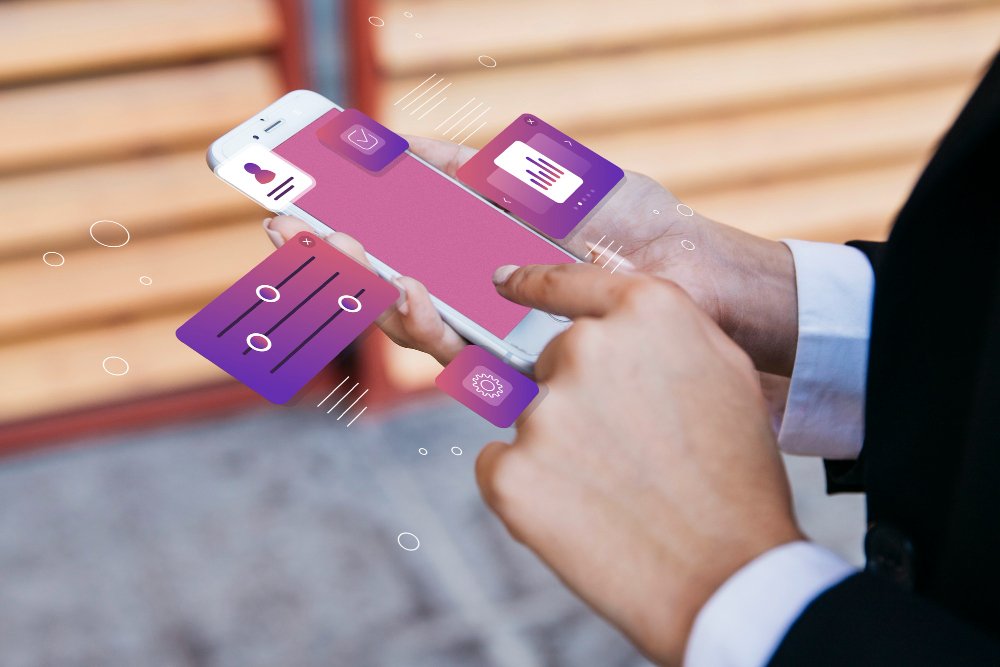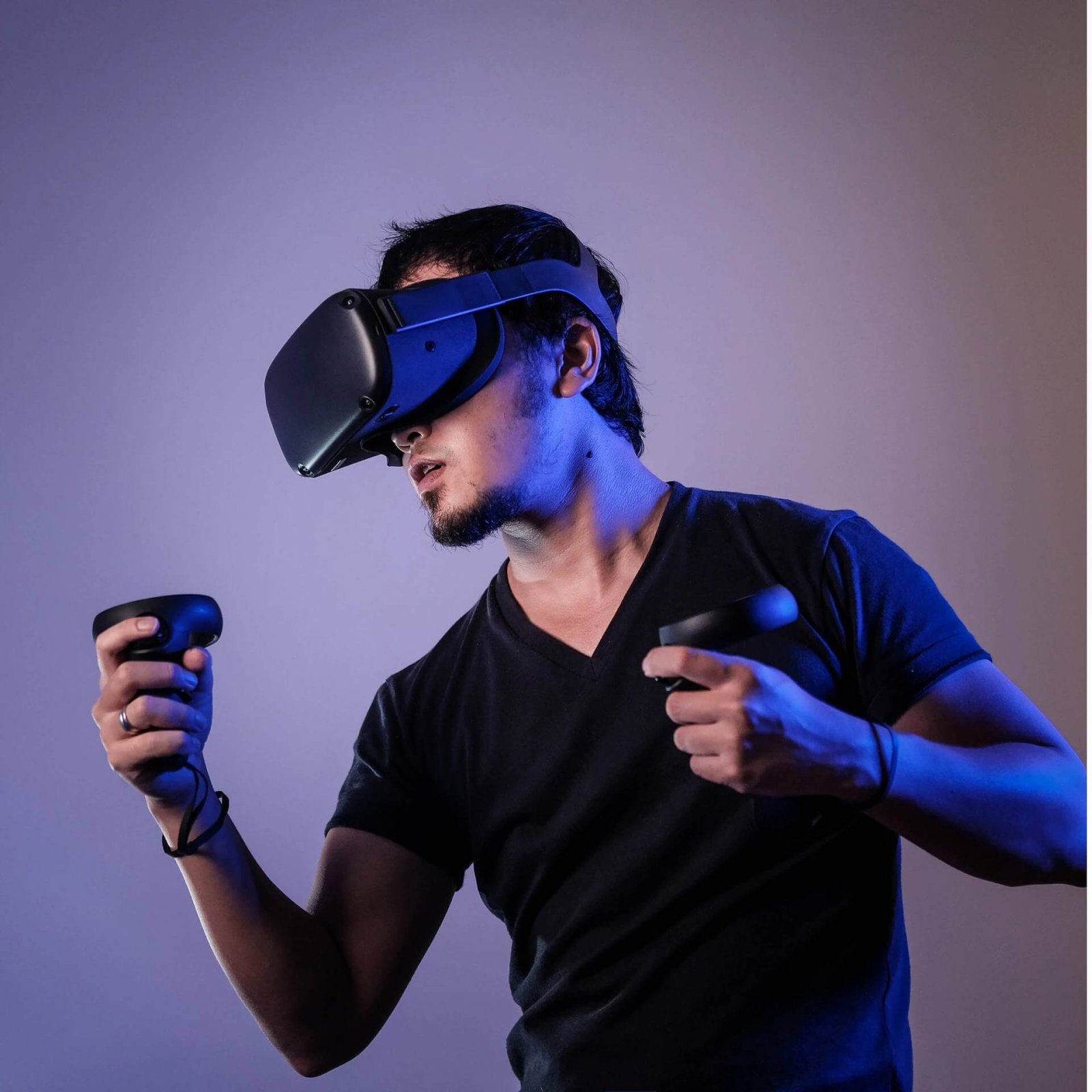
Augmented Reality (AR) and Virtual Reality (VR) Applications: Transforming Experiences
In the realm of technology, Augmented Reality (AR) and Virtual Reality (VR) have emerged as groundbreaking innovations, revolutionizing the way we perceive and interact with the digital world. From immersive gaming experiences to practical applications in various industries, AR and VR have transcended the realm of novelty and are reshaping our daily lives. Let’s explore the diverse landscape of AR/VR applications and how these technologies are transforming experiences across different domains.
1. Gaming and Entertainment
Immersive Gaming Experiences
AR and VR have taken gaming to new heights, providing players with immersive and interactive environments. From VR headsets that transport users to virtual worlds to AR-enhanced mobile games that overlay digital elements onto the real world, gaming has become an incredibly engaging and lifelike experience.
2. Education and Training
Virtual Learning Environments
In education, AR and VR applications have introduced innovative ways of learning. Virtual classrooms, where students can interact with 3D models and simulations, bring subjects to life. VR is particularly valuable for training scenarios, allowing professionals to practice in realistic virtual environments before facing real-world situations.
3. Healthcare
Medical Training and Surgical Simulations
AR and VR play a crucial role in healthcare by offering realistic simulations for medical training and surgical procedures. Surgeons can practice complex surgeries in a risk-free virtual environment, enhancing their skills and precision. Additionally, AR aids in tasks like vein visualization and medical data visualization during procedures.
4. Real Estate and Architecture
Virtual Property Tours and Design Visualization
AR and VR applications are transforming the real estate and architecture industries. Virtual property tours enable potential buyers to explore homes remotely, while architects can use VR to visualize and walk through designs before they are built. This technology enhances decision-making and streamlines the design process.
5. Retail and E-Commerce
AR for Try-Before-You-Buy and Virtual Shopping
AR is changing the face of retail by offering “try-before-you-buy” experiences. Customers can use AR applications to virtually try on clothing or see how furniture looks in their homes before making a purchase. Virtual shopping experiences enhance engagement and provide a more personalized approach to online shopping.
6. Automotive Industry
Virtual Car Configurators and Training Simulations
In the automotive industry, AR and VR applications are employed for virtual car configurators, allowing customers to customize and visualize their vehicles. VR is also used for training technicians in complex repair and maintenance procedures, improving efficiency and reducing errors.
7. Tourism and Exploration
Virtual Travel Experiences
AR and VR bring the world to individuals, even from the comfort of their homes. Virtual travel experiences allow users to explore destinations, historical sites, and cultural landmarks. This immersive approach to tourism opens up possibilities for those who may not have the opportunity to travel physically.
8. Workplace Collaboration
Virtual Meetings and Remote Collaboration
Especially relevant in the era of remote work, AR and VR facilitate virtual meetings and collaboration. Virtual offices and meeting spaces enable teams to work together seamlessly, breaking down geographical barriers and providing a sense of presence, even when physically apart.
Conclusion: The Ongoing Evolution
As AR and VR technologies continue to advance, their applications will likely expand into new territories, enriching various aspects of our lives. From enhancing entertainment experiences to revolutionizing industries like healthcare and education, the impact of AR and VR applications is profound. Stay tuned as these technologies evolve, promising an exciting future where the boundaries between the physical and digital worlds blur even further.
Reference Links:
- Advancements in VR Gaming
- Virtual Learning Environments in Education
- AR/VR in Healthcare: Transforming Medical Training
- Virtual Property Tours in Real Estate
- AR in Retail: Shaping the Future of Shopping
- VR Applications in Automotive Design and Training
- Exploring the World Virtually: AR/VR in Tourism
- Virtual Meetings and Collaboration Tools



